Work this week on the diary, Garments in Nature project:
I’m learning to frame the clothing and to be more inventive with constructing a “body” with the object and nature around me. I also find that by the second or last object I’ve brought with me on my walk, I’ve gotten more comfortable and the photos tend to be more interesting. I think that walking someplace a little less familiar has helped as well. I brought my manual camera along with me and the images from those rolls should be available next week. The challenges are finding engaging images without the human body, face, or expressions present. I’m not sure how to group them yet. Any advice on that would be helpful! Are the titles of these photos helping bring something to life, or no?
Update on the Hug Project:
Somethings have changed conceptually with the HUG project. This has become more conceptual than functional and I will be using two actors who are in the same contact circle. They will be wearing these backwards raincoats covered in colorful sculpture, from cotton fabric and upcycled vinyl. Sculpturally, I’m allowing myself some room for discovery. What I’d like to happen is have an open space of real estate on the front chest of the garment. Then a bright tiled/ layered train down the back of the jacket. So that when the actors are reaching through the screen or hugging each other the chest remains flat and can connect to the other person or the screen. It’s becoming a large project, but now I feel a little clearer on the elements I can focus on the doing and less on the conceiving.
On the docket are ordering special film and also securing a location to photograph. One space has come up for me: It is a walk close to my house called the Sarah Doublet trail. It has a sparsely wooded clearing that would serve well for putting up the screens. The things I’m afraid of is confronting or incorporating the intense history of the land. The land is Native Nashoba tribe land that was returned to the last surviving member of the Nashobas from their forced relocation to Deer Island in the 1675. Sarah Doublet then sold the land to pay for her care in her old age in 1736. What is the most ethical way to engage with this history if I do photograph on this land?
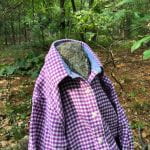
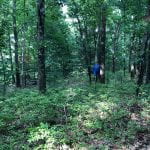
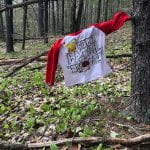
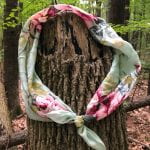
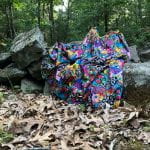
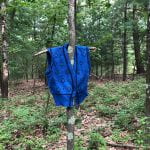
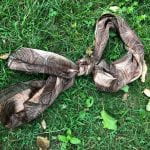
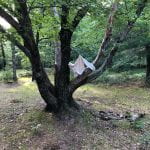
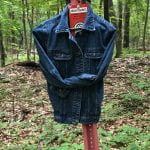
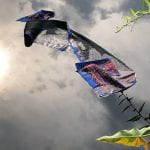
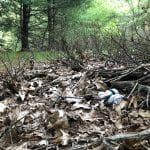

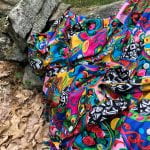
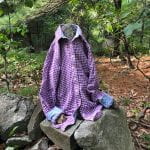
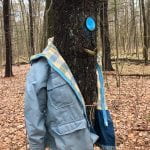
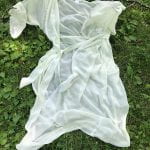
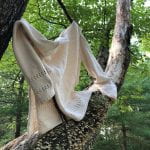
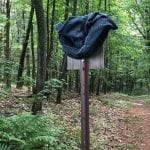
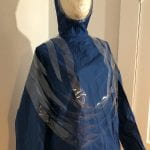
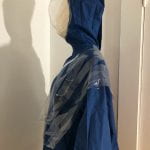

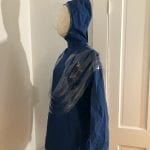
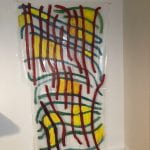
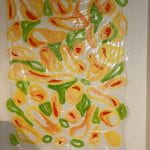
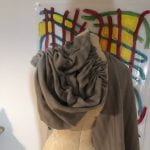
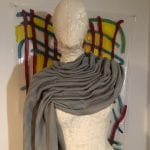
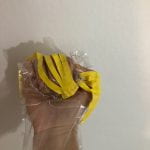
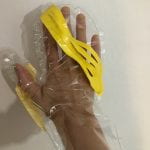
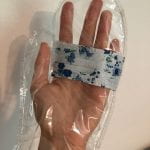
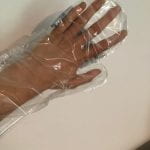
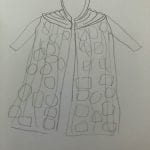
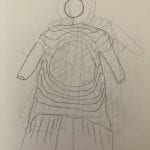
Hello Christina… I don’t know if the following suggestion will address your question about ethical engagement but one of the ways that I and other artists here in the Pacific Northwest acknowledge indigenous land is to state, at the beginning of the project, that the project (or building, in the case of Cornish College) is the following: “We recognize that (project) is located on unceded territory of the Duwamish people”. The City of Ottawa has a similar statement: “We recognize that Ottawa is located on unceded territory of the Algonquin Anishinabe Nation. … We also recognize and respect the cultural diversity that First Nations, Inuit and Métis people bring to the City of Ottawa.”
I don’t know if this helps. Hopefully it does.
I also wanted to comment on the materiality of the special film you are planning on using – I think it’s a really brilliant way to cover and yet not cover and there’s a lot of message packed into the use of that material as a covering for the body.
Thank you Tammie for that suggestion. I will absolutely take that idea to heart this week when we shoot some photos there.